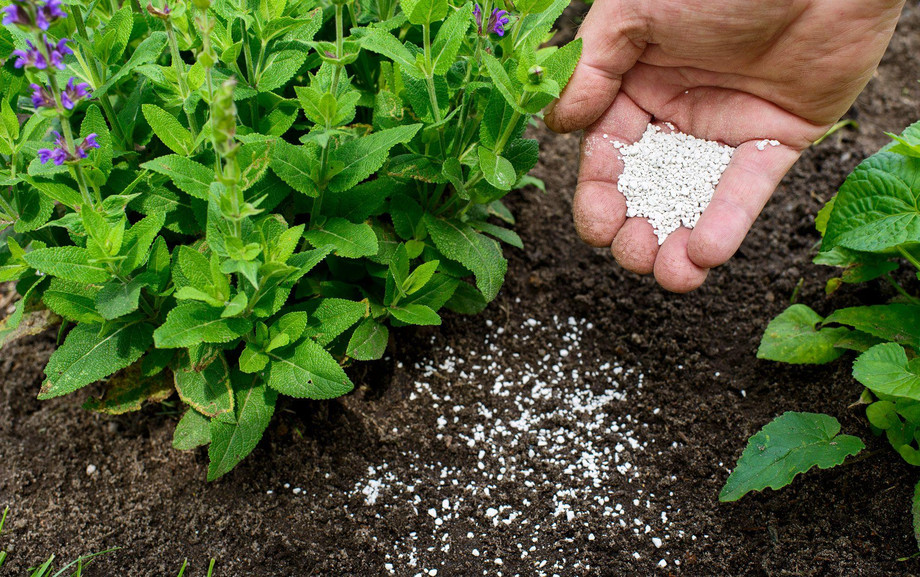Liquid fertilizer is any type of liquid solution that is given to plants as food. These fertilizers can help in delivering plants the nutrients they require to survive through various delivery methods. You can spray the fertilizer onto the plant's leaves or mix it into the soil, allowing the fertilizer to be absorbed by the plant's roots. While liquid fertilizers are mainly used to nourish individual plants, these solutions can also improve the growing conditions in which many plants are grown. It is recommended to apply liquid fertilizer to a particular region if you want to boost the amount of nutritional content in the soil. Read this article to choose the best and ideal liquid fertilizer for your plants.
Choose a Suitable Liquid Fertilizer
Before you choose a liquid fertilizer that you believe is best for your plants, keep in mind that different options must be carefully evaluated. It is possible that the plants will be damaged or killed if improper fertilizer is used. Avoid using highly concentrated options as well.
The most crucial factor to consider is the solution's NPK balance. The NPK balance means the proper balance of nitrogen, phosphorous, and potassium nutrients. NPK nutrients are needed for liquid fertilizer production but each plant needs a different balance of NPK nutrient content, which should be considered before using liquid fertilizer.
Nitrogen
Nitrogen is a nutrient that is extremely beneficial to plant growth. When fed to plants, this substance primarily aims at promoting leaf growth, which is why leafy vegetables require a lot of nitrogen to survive. When a plant does not receive enough nitrogen, its green leaves begin to yellow and discolor. It's also possible for plants that don't get enough nitrogen to develop a reddish-brown tint on their leaves.
Phosphorus
Phosphorus is another essential chemical component that most plants need in large amounts to survive. This particular element can help the development of roots and shoots. While phosphorus deficiency in plants is uncommon, it can occur after dense rains or if the plants are planted in clay soil. The primary symptoms of a phosphorus deficiency are slowed growth, dull foliage, or yellowing leaves.
Potassium
Potassium is another vital nutrient for the regulation of water absorption in addition to the photosynthesis process. Because plants use photosynthesis to transform sunlight into food and energy, it is essential that each plant gets the amount of potassium that it requires. Potassium promotes healthy fruiting and flowering in a variety of plants. When plants do not receive the amount of potassium they need to survive, the leaves turn purple or yellow.
PH Levels
When looking for the best liquid fertilizer for your plants, the pH levels of the fertilizer must be proper. As the soil already has its own pH level, the fertilizer must have a particular pH level. If the pH levels of the fertilizer differ significantly from the pH levels of the soil, the fertilizer may cause the pH levels in the soil to severely affect the health of your plants. Plants may not grow properly if fertilizers are too acidic or alkaline.
Prefer Chemical-Free Option
You must start using chemical-free fertilizers instead of chemical ones as the chemicals used in store-bought fertilizers are damaging to the environment and contribute to unnecessary pollution. Hope this article will help you in finding a suitable liquid fertilizer for your plants.

